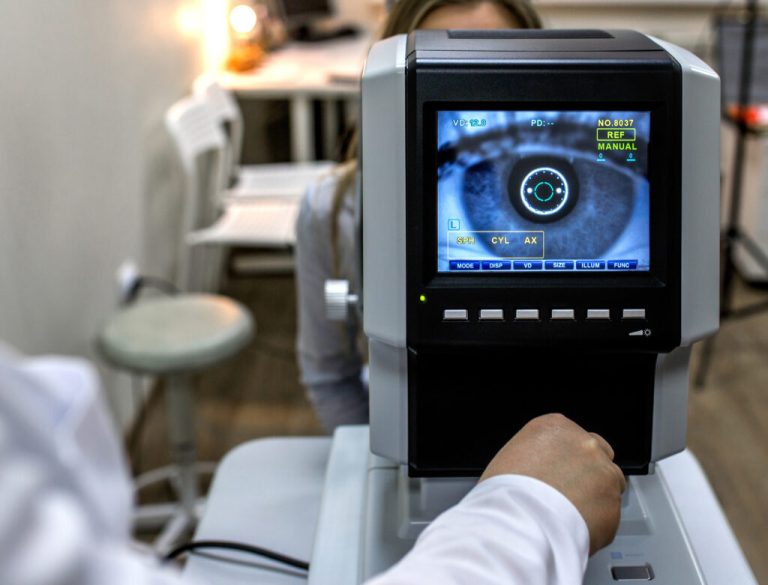It’s been estimated that the average person will spend 90,000 hours working — or a third of their life, to put it in other terms. Couple that with the fact that more than three out of four people feel that work stress negatively affects their physical health, per Headspace’s 2024 Workforce State of Mind Report, and it’s critical that attention is paid to prioritizing well-being on the job.
Certain career stressors may not be entirely in your control — like long hours keeping you from family and friends, a salary that’s less than you desire, or coworkers you don’t get along with. Demanding (and receiving) a raise or simply finding a new position with better hours are often easier said than done, and you certainly can’t change another human being, but there are plenty of elements you can control. Read on for seven tips to reduce workplace stress.
Find Meaning
Feeling that one has purpose in life is essential to happiness; that’s been borne out by a robust body of psychological research. Meaning can come from a lot of places — our families, spirituality, hobbies — but given that we spend so many waking hours working, it stands to reason that finding purpose in what we do is especially important to our overall well-being.
You don’t need to develop a cure for cancer to derive meaning, though. It’s about feeling that your contributions matter to someone or something, and it can be achieved even if you’re in a job that feels less than groundbreaking. In fact, it’s more important to find meaning in that case.

“In a perfect world, you want to align your purpose with the mission of your organization, and you want to feel like the work you’re doing is for the greater good,” Karen Dillon, coauthor of How Will You Measure Your Life? told the Harvard Business Review. “But if that’s gone — even just temporarily — look for small ways that your purpose can be personal.”
That could be seeking out and taking on self-set daily challenges to stay engaged or going out of your way to assist or mentor coworkers. “Helping others provides meaning and satisfaction,” said Dillon.
Take Mindfulness Breaks
The benefits of mindfulness are difficult to exaggerate, and anyone can reap those benefits to some degree, no matter how experienced they are with the concept. One way is by taking small chunks of time during the workday to check in with yourself and the present moment.
“If you’re feeling stressed, take a few mindfulness breaks throughout the day,” Tchiki Davis, founder and president of the Berkeley Well-Being Institute, told Nice News. “These can be really short — for example, you could take three deep breaths, spend just a minute mindfully listening to noises in your office, or pause to notice the sensations in your body. These short exercises help bring you back into the present moment — a place where anxiety doesn’t exist.”
Refresh Your Toolbox
We’re using toolbox as a broad term for the many applications, devices, and processes that enable you to get things done effectively and efficiently. If you’ve been operating on autopilot for a while in this regard, it may be time to reconsider how well your current tools are serving you and take a look at what else is available.
There’s a wealth of helpful organizational apps and project management software that can make your day-to-day run more smoothly. Todoist and Monday are great paid options to stay on track. Goblin.tools is a free website with AI-based features like Magic ToDo, which breaks down complex tasks into step-by-step suggestions, and Compiler, which organizes your “braindumps” into a to-do list.
And your analog tools are equally important. Are you constantly searching for a good pen? Is your current notebook jam-packed with random memos and doodles? Treat yourself to a new pack of writing utensils and a bullet journal.
Clean Your Station
We’ve reported at length on the power of your environment to affect your mood, attention, productivity, and more. Sitting at a cluttered desk in a dark room may result in you not performing as well or feeling as energized as you could. Visual mess has been linked to increased stress and decreased focus, and it can also prevent you from finding the things you need when you need them.

A bright, tidy workspace isn’t synonymous with a utilitarian one, however. The area you spend so much of your time in should be comfortable and bring you joy. That could mean you invest in a more comfortable chair, add some greenery to your cubicle or home office, or prop up a framed photo that makes you smile.
Manage Your Time Better
If you frequently find yourself down to the wire on deadlines or staying on late to turn in work, you might want to reevaluate your time management processes. The Pomodoro Technique is a great method for boosting focus (and a personal favorite of this writer). It involves working in 25-minute intervals and taking five-minute breaks in between. Learn more about it and get other helpful time management ideas here.
Another timesaving tip is to limit or ignore distractions — the more you stop and start, the less opportunity you have to enter into a state of flow at work. If you’re in the middle of a project or putting together a PowerPoint presentation, ask yourself if you really need to immediately respond to that Slack message.
“Allocate set time to review your notifications so you can ensure you have the time to properly manage your responses and the required tasks that come from notifications,” Maurice Harary, CEO of The Bid Lab, suggested in a Forbes article. “It’s okay to wait an hour to respond to an email.”
Move Your Body
For those of us who spend the majority of our workdays seated, being intentional about adding movement to our routines is essential. One study found that walking for just one minute every hour helps offset the negative impacts of sitting.

Taking a longer walk prior to clocking in for the day can also be helpful. Walking is not only beneficial for your overall physical health, but it also allows you the opportunity to reflect on your state of mind and how your body feels before you settle in and start working. Furthermore, research has linked walking to increased creativity and a boost in mood.
Take Days Off
Lastly, cash in on that paid time off if you have it. According to a 2023 survey by Pew Research Center, nearly half of workers who receive PTO from their employers take less than they’re offered. But with burnout rates still rising as of last year, so is the importance of taking a break from the grind.
Speaking to Fortune Well, Tracy Layney, chief human resources officer at Levi Strauss, emphasized that planning out rest in advance is key.
“It’s critical to carve out small moments to reset,” Layney said. “I think we need to carve out these moments every day, or each week, and periodically throughout the year. Being able to step away from the tasks or emotions of the moment and find a place of calm and focus can help manage the impacts of burnout.”











